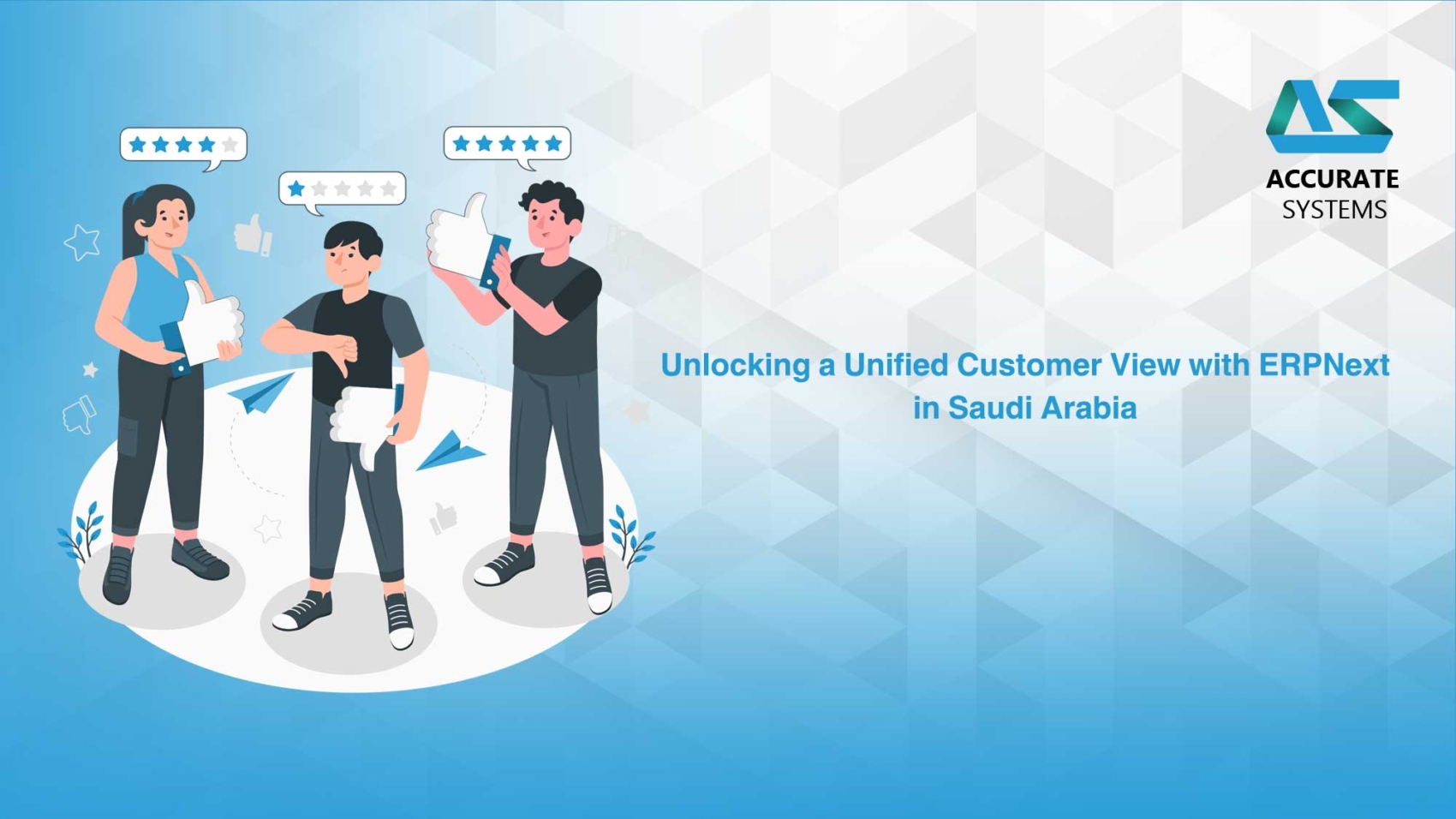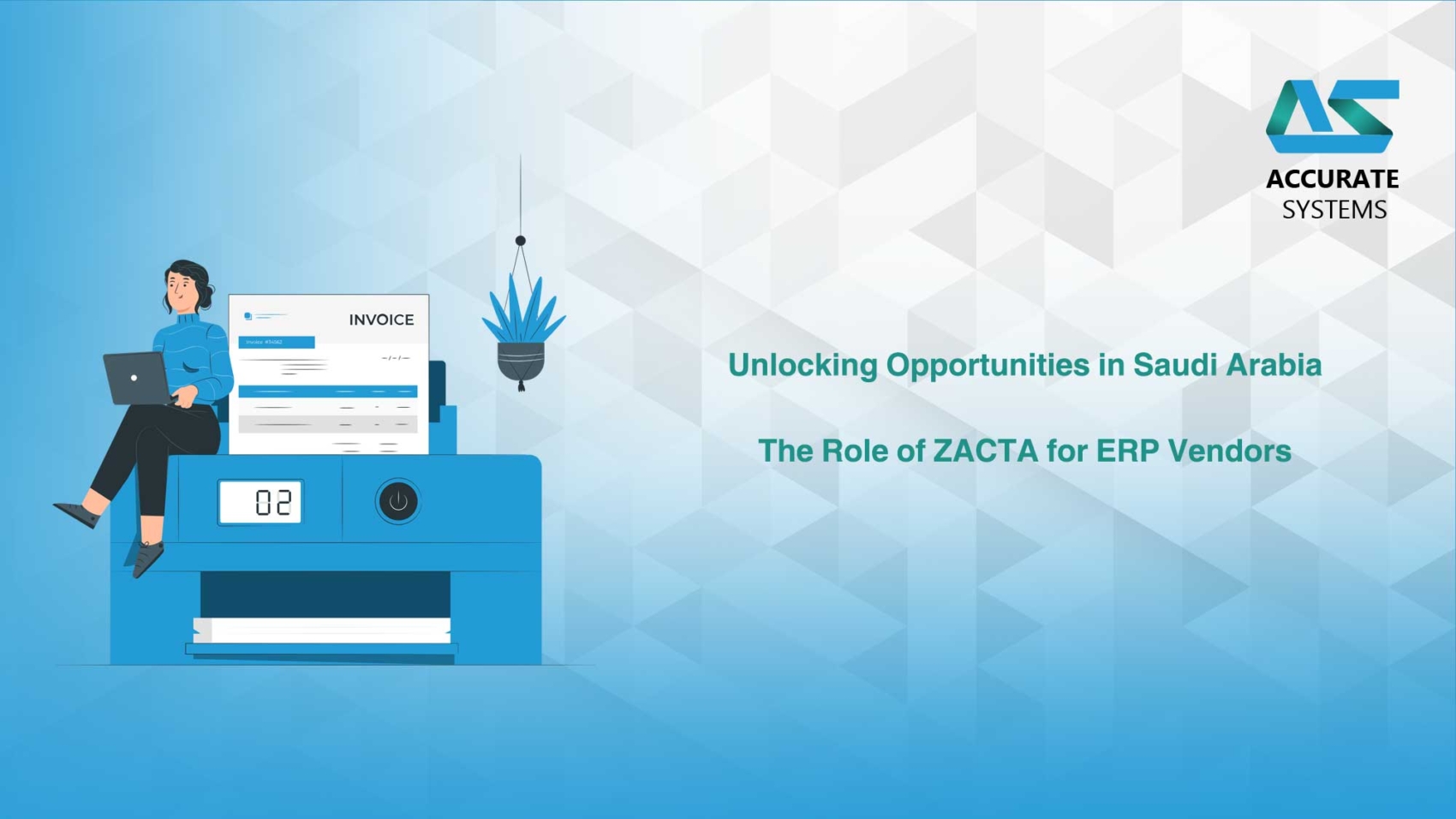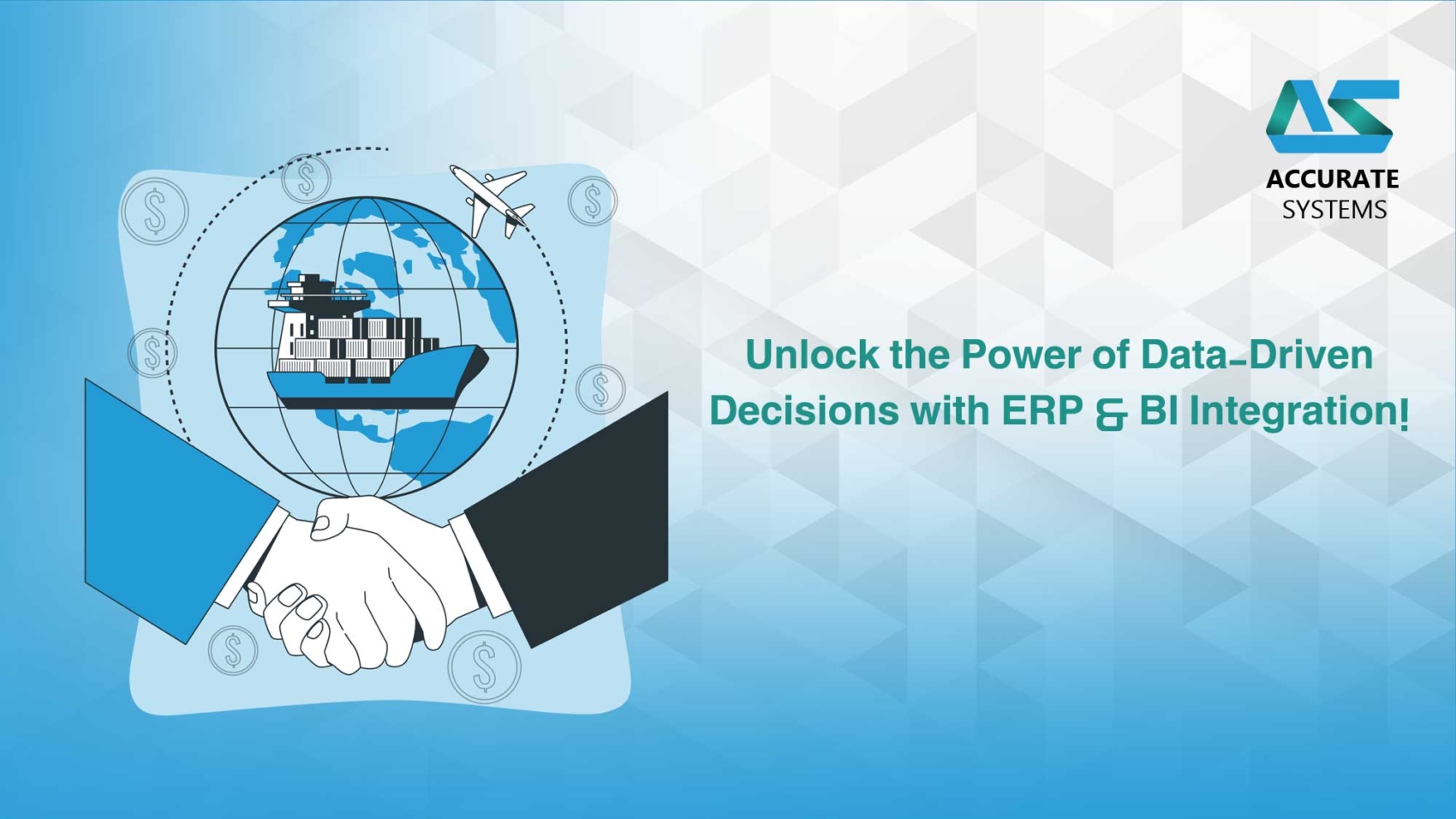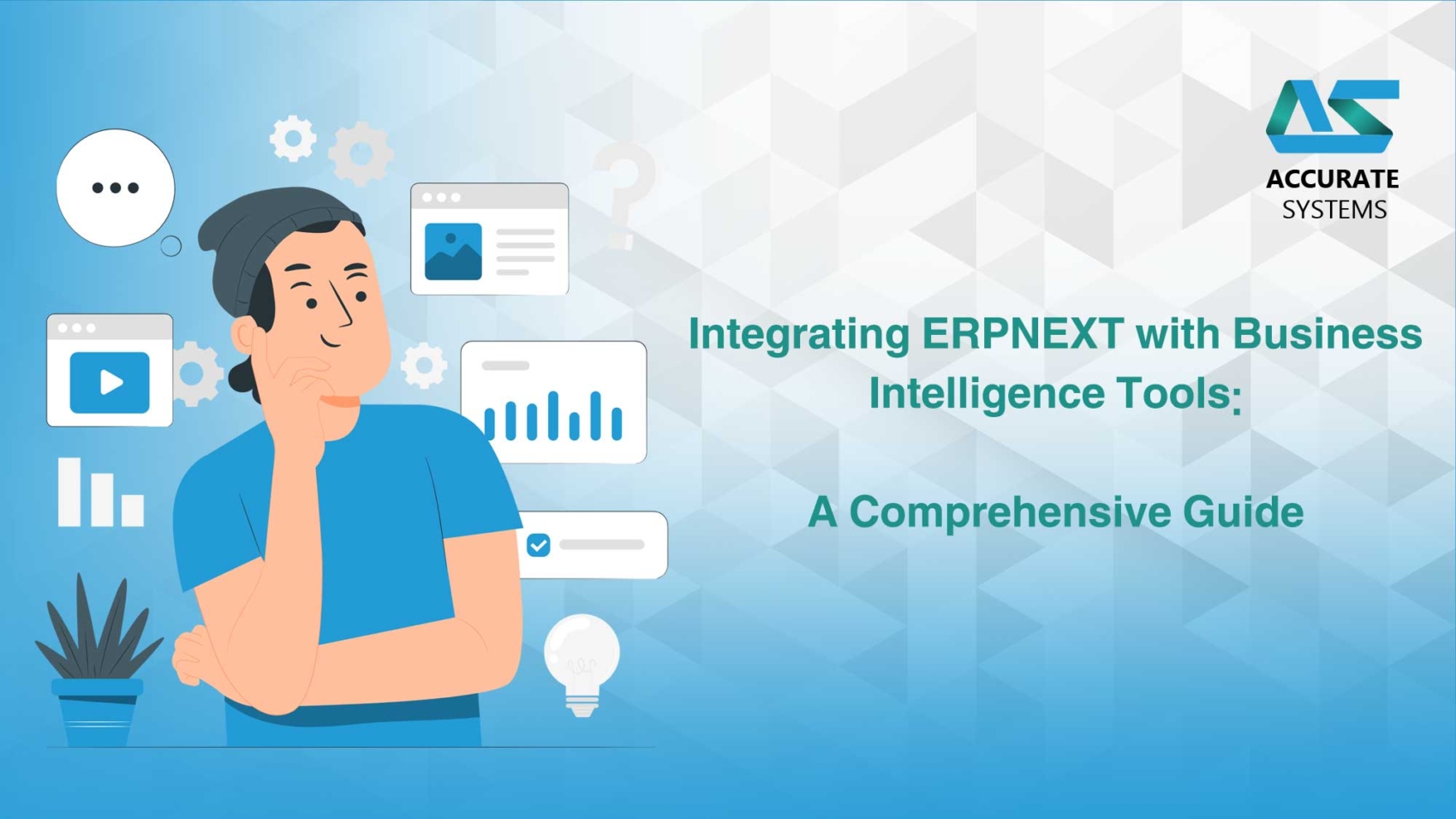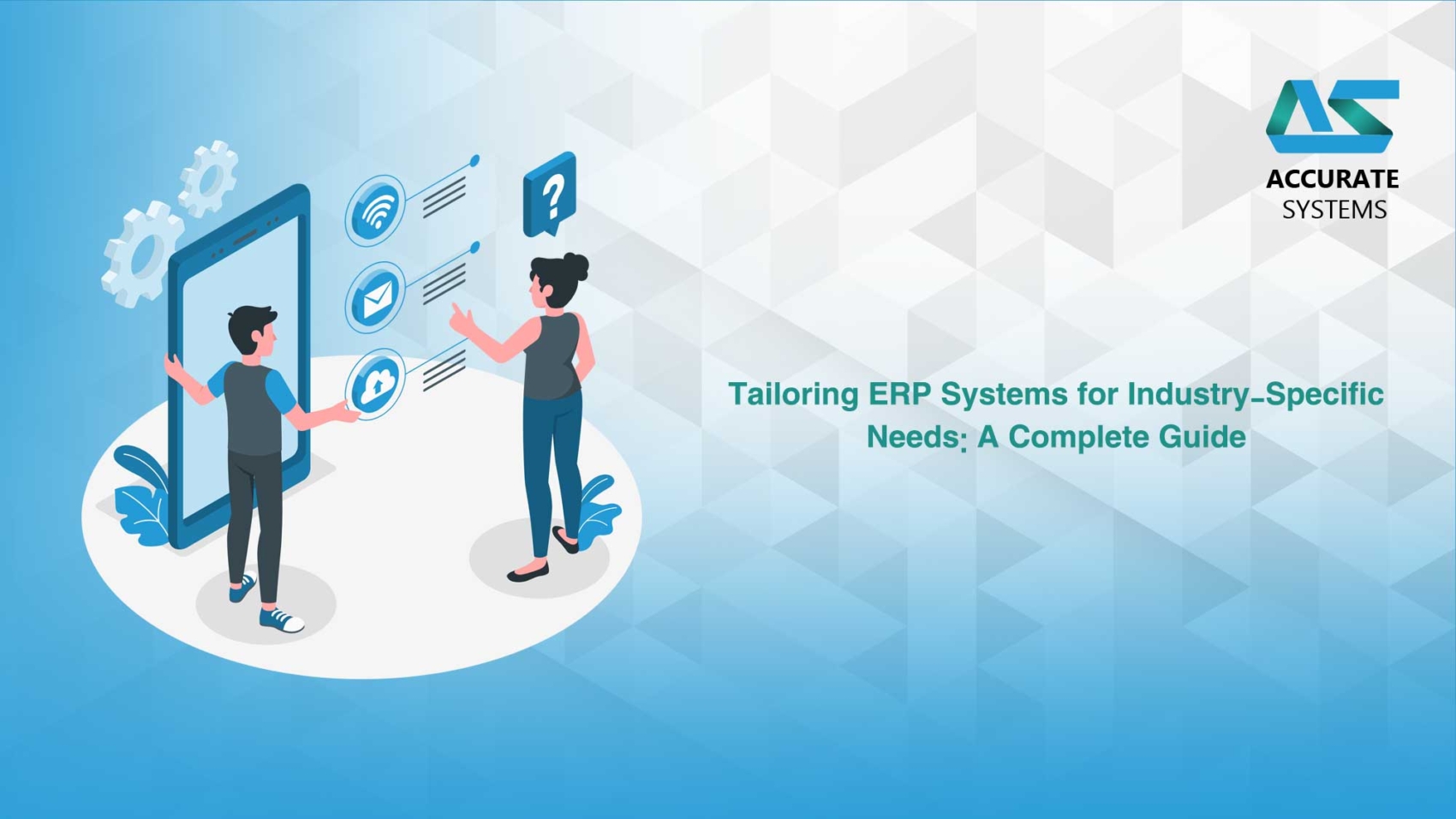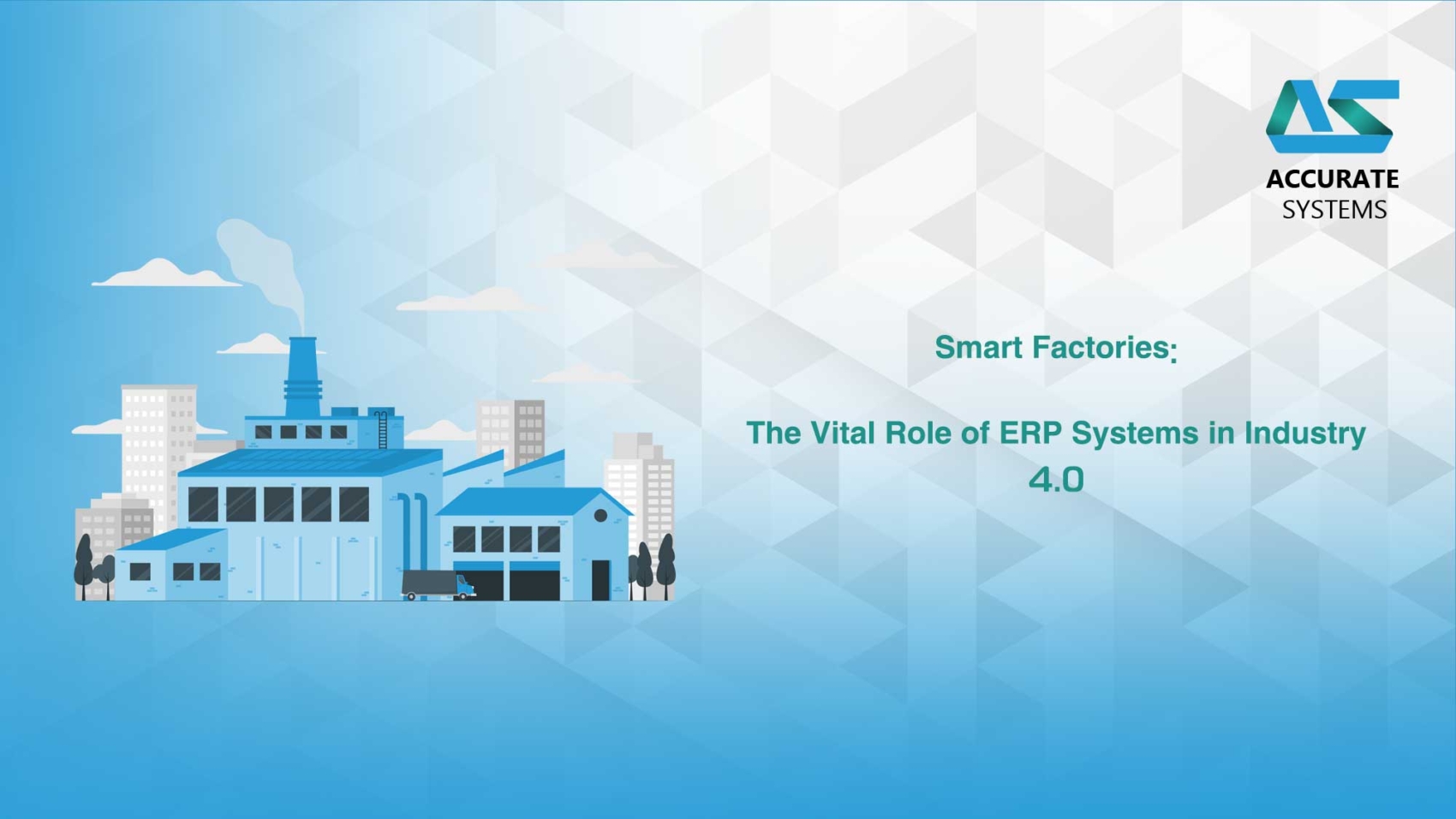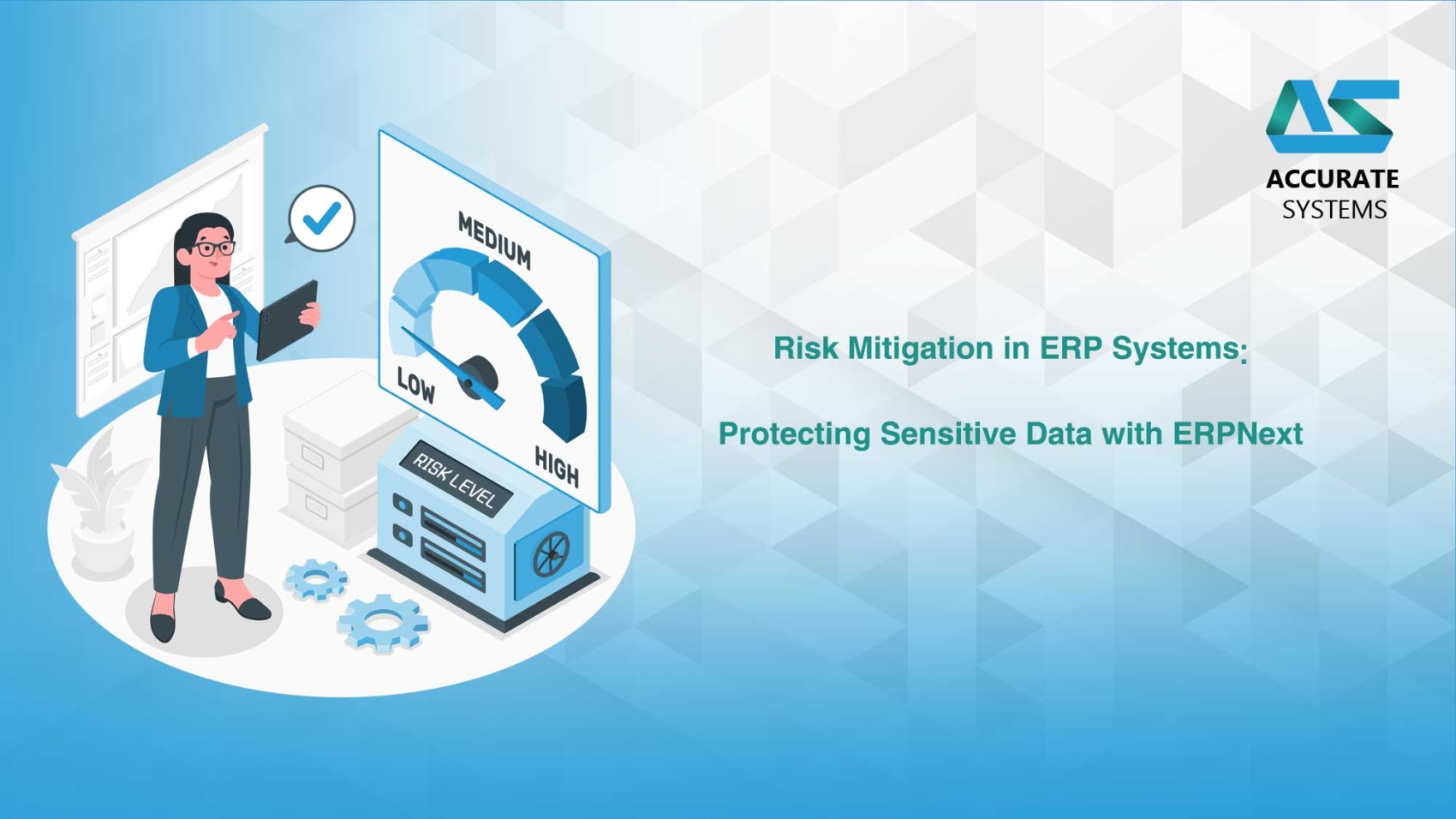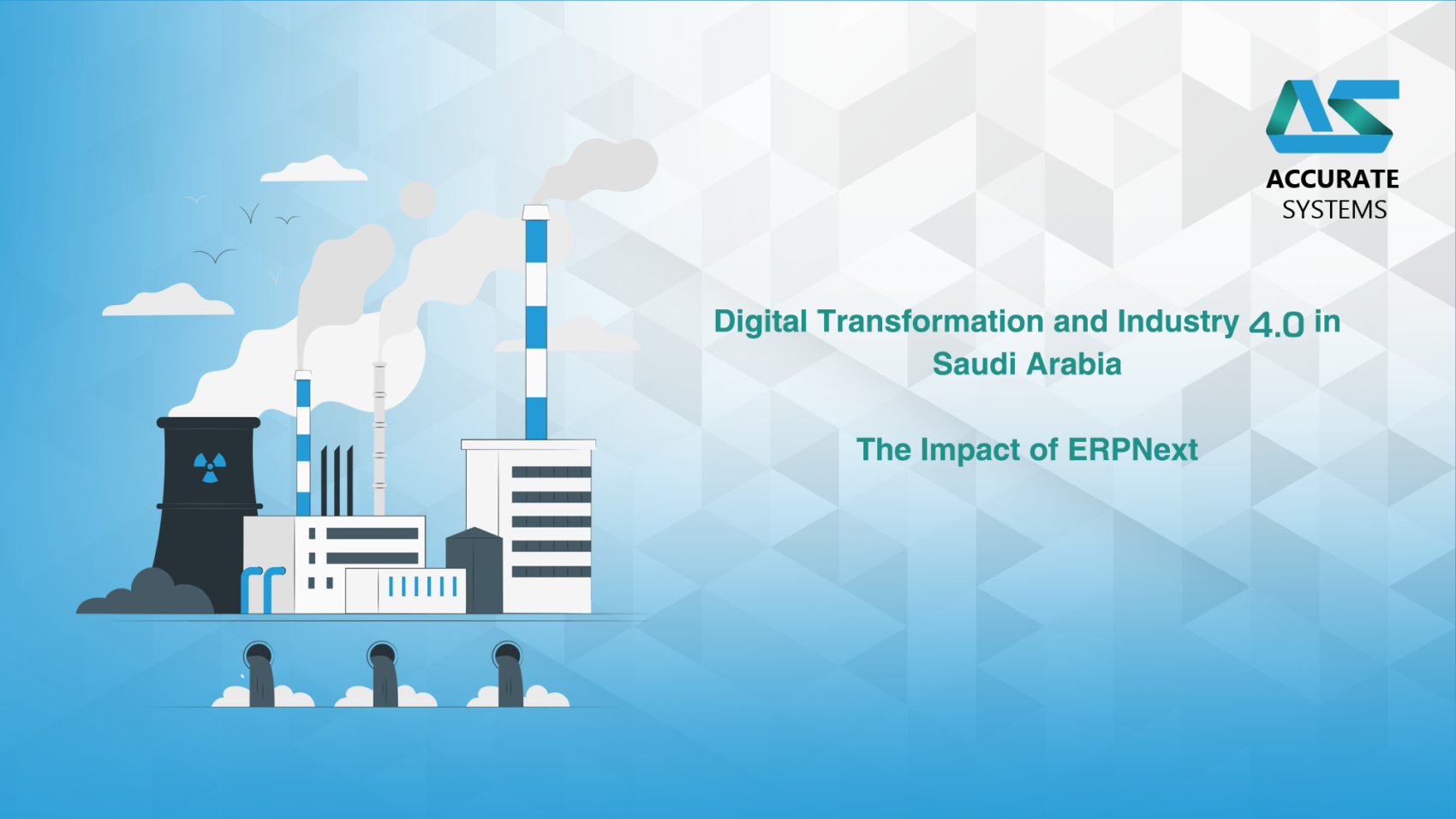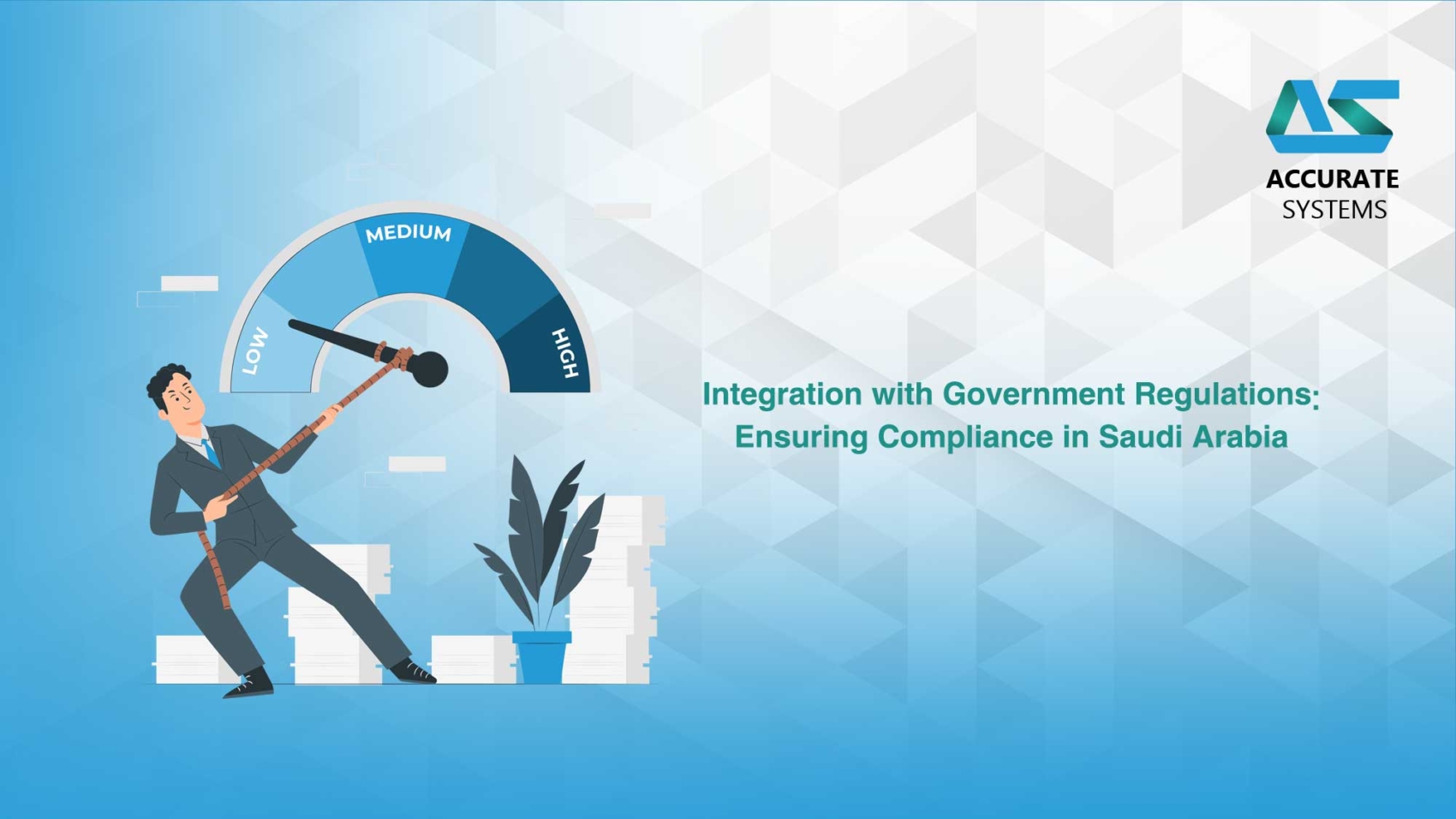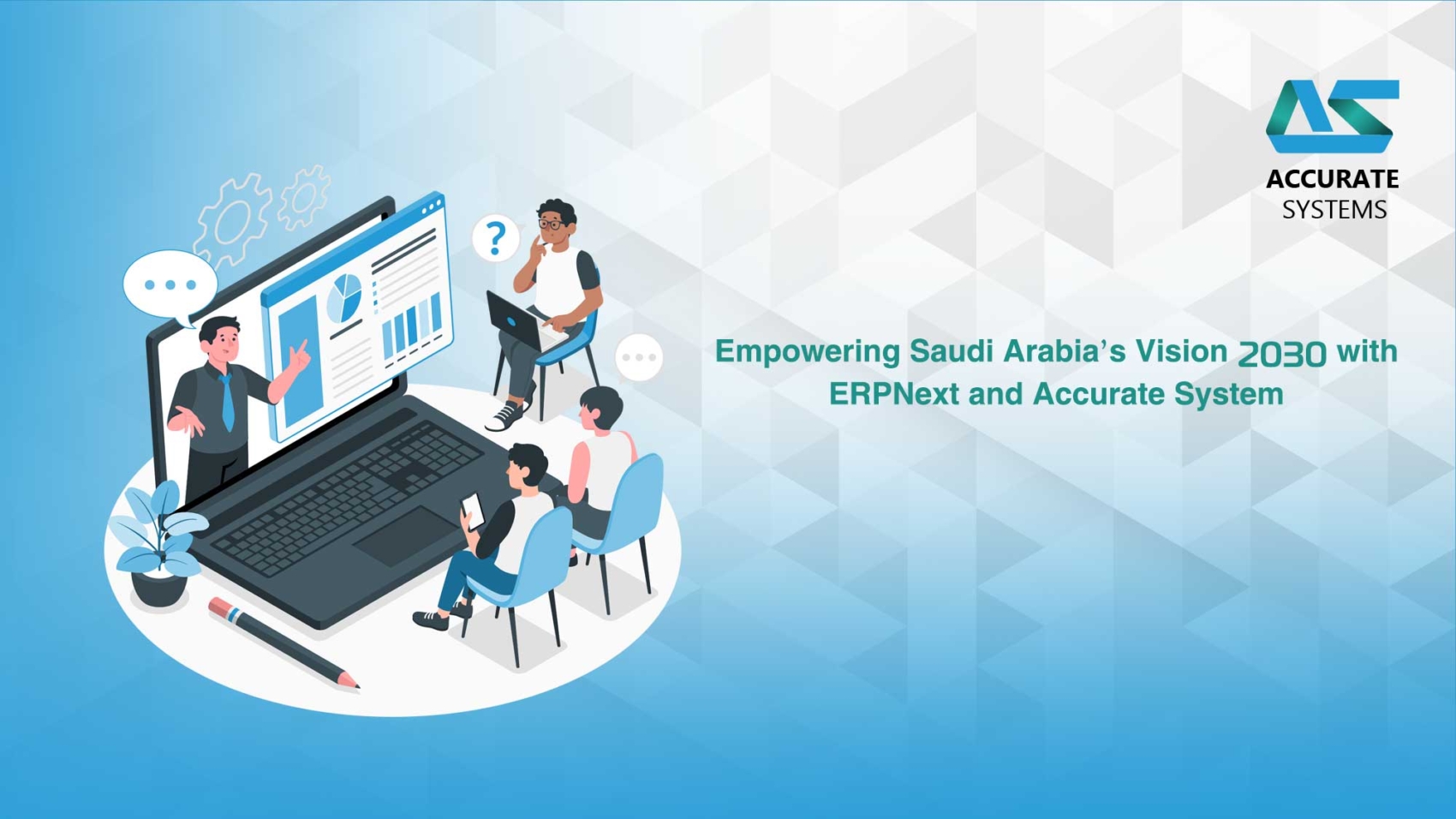In today’s fiercely competitive business environment, delivering exceptional customer experiences is crucial for sustained success. A unified view of the customer—enabled by robust enterprise resource planning (ERP) systems—has become a key factor in achieving this goal. For businesses in Saudi Arabia, ERPNext stands out as a comprehensive solution, enhancing customer experience management (CEM) through seamless integration across departments.
ERPNext: The Leading ERP Solution in Saudi Arabia
ERPNext is an open-source ERP system offering a wide array of features, including CRM (Customer Relationship Management), sales, purchasing, inventory management, accounting, and manufacturing. Its modular design allows businesses to customize functionalities to fit their unique needs and scale as they grow. In Saudi Arabia, ERPNext’s flexibility, affordability, and ability to meet local business requirements have made it increasingly popular.
Gaining a Unified View of Customers with ERPNext
ERPNext provides a powerful framework for achieving a unified customer view by integrating critical business functions under one platform. This gives businesses in Saudi Arabia a comprehensive understanding of customer interactions, preferences, and behaviors. The unified view includes insights from sales, marketing, customer service, and financial data, which significantly improves decision-making and customer satisfaction. Key features of ERPNext that contribute to a unified view include:
1. Customer Relationship Management (CRM)
The CRM module in ERPNext centralizes all customer information, including contact details, purchase history, and communication logs. This allows businesses to track every customer interaction, manage sales pipelines, and deliver personalized support, boosting customer retention.
2. Sales and Marketing Integration
ERPNext seamlessly integrates sales and marketing activities, enabling businesses to monitor marketing campaigns, assess their performance, and align sales strategies with customer preferences. This integration ensures businesses remain responsive to customer needs, leading to more effective marketing.
3. Inventory Management
Through ERPNext’s inventory management module, businesses can integrate customer data to optimize stock levels, prevent stockouts, and ensure timely product availability. This avoids customer dissatisfaction and strengthens the brand’s reputation.
4. Accounting and Finance Integration
ERPNext links accounting and finance data with customer profiles, giving businesses insights into customer profitability, payment histories, and credit behavior. This information aids in developing more accurate pricing strategies and improving credit risk management.
The Benefits of a Unified Customer View with ERPNext
1. Personalized Customer Experiences
By leveraging detailed customer data, businesses can offer tailored recommendations, targeted promotions, and relevant content to enhance the overall customer experience. ERPNext’s unified platform allows businesses to deliver these personalized interactions seamlessly.
2. Improved Customer Satisfaction
With a unified view, businesses can quickly address customer needs and concerns, which leads to faster resolutions and higher customer satisfaction. This responsiveness builds trust and fosters customer loyalty.
3. Stronger Customer Loyalty
By providing excellent service and personalized experiences, businesses can build lasting relationships, fostering long-term customer loyalty and increasing customer lifetime value.
4. Optimized Marketing and Sales
ERPNext provides valuable insights into customer preferences and behaviors, helping businesses refine their marketing strategies. This ensures resources are directed toward relevant campaigns, avoiding waste and improving marketing ROI.
5. Boosted Sales Effectiveness
Sales teams, armed with a unified view of customer needs and buying patterns, can close deals more efficiently. ERPNext enables sales teams to understand customer pain points, making it easier to provide solutions that drive sales.
Conclusion
For businesses in Saudi Arabia, ERPNext offers an invaluable solution for achieving a unified view of the customer, improving customer experience management, and driving growth. By integrating various business functions—such as CRM, sales, inventory, and accounting—ERPNext equips businesses with the tools they need to deliver personalized experiences, improve customer satisfaction, and foster customer loyalty. As ERPNext continues to evolve, it remains a powerful asset for businesses striving to stay competitive in the rapidly changing Saudi market.

